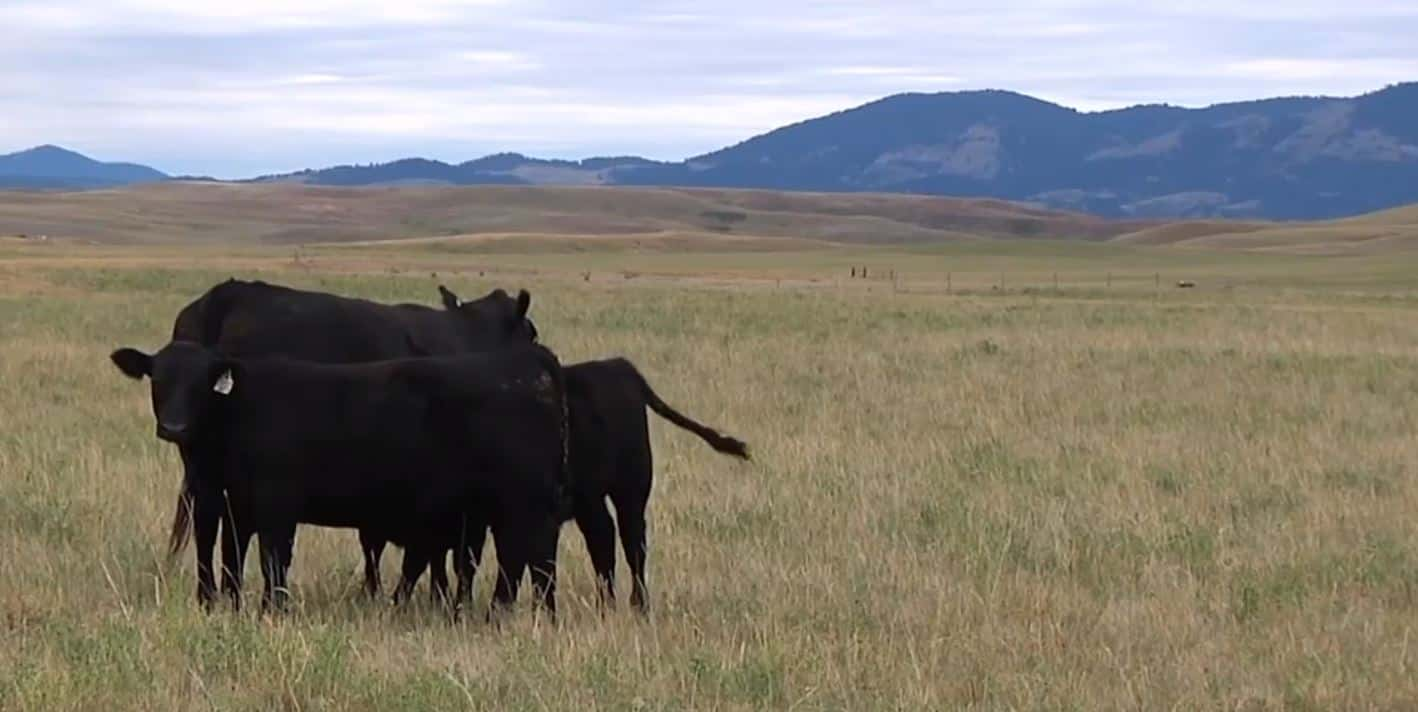The federal grazing fee for 2025 remains $1.35 per animal unit month for public lands administered by the Bureau of Land Management and $1.35 per head month for lands managed by the U.S. Department of Agriculture’s Forest Service.
An animal unit month or head month – treated as equivalent measures for fee purposes – is the use of public lands by one cow and her calf, one horse, or five sheep or goats for a month. The newly calculated grazing fee takes effect March 1. The fee will apply to nearly 18,000 grazing permits and leases administered by the BLM and nearly 6,250 permits administered by the Forest Service.
The formula used for calculating the grazing fee was established by Congress in the 1978 Public Rangelands Improvement Act and has remained in use under a 1986 presidential Executive Order. Under that order, the grazing fee cannot fall below $1.35 per animal unit month/head month, and any increase or decrease cannot exceed 25 percent of the previous year’s level.
The fee has been set at $1.35 since 2019. Since 1981, the fee has ranged from $1.35 to $2.31, and has been set at $1.35 for about half of that 44 year period.
The annually determined grazing fee is established using a 1966 base value of $1.23 per animal unit month/head month for livestock grazing on public lands in Western states. The figure is then calculated according to three factors: current private grazing land lease rates, beef cattle prices, and the cost of livestock production. In effect, the fee rises, falls or stays the same based on market conditions.
The grazing fee applies in 16 Western states on public lands administered by the BLM and the Forest Service. Permit holders and lessees may contact their local BLM or Forest Service office for additional information.
###
BLM



Using a 1966 base without consideration for commercial rates is a taxpayer subsidy for ranchers.
Many of us are willing to subsidize but what do we get in trade for using our tax dollars to subsidize the income of the grazing allotment lease holder?.
The adjacent land owner is often the holder of these leases. More often than not the public lands being grazed on do not have a legal access point.
Here’s an idea, to receive the subsidized price the grazing allotment holder will allow public access across their private land to the landlocked parcels.
If the lease holder can chose not to allow public access, however they will then pay a commercial rate or the grazing allotment will be put back up for bid.